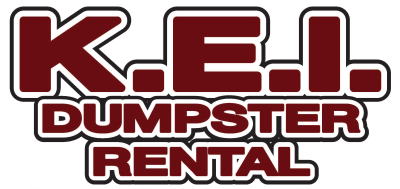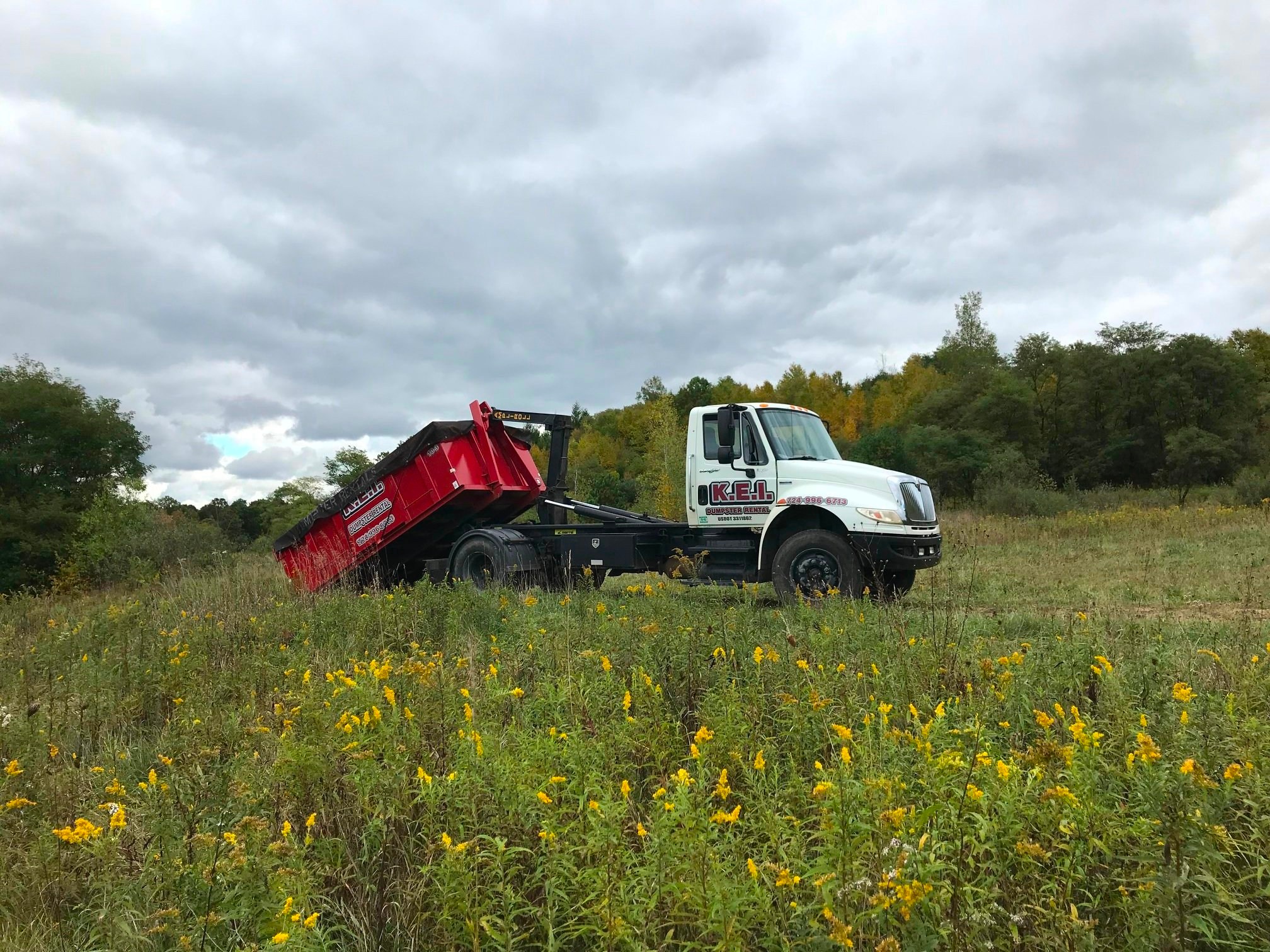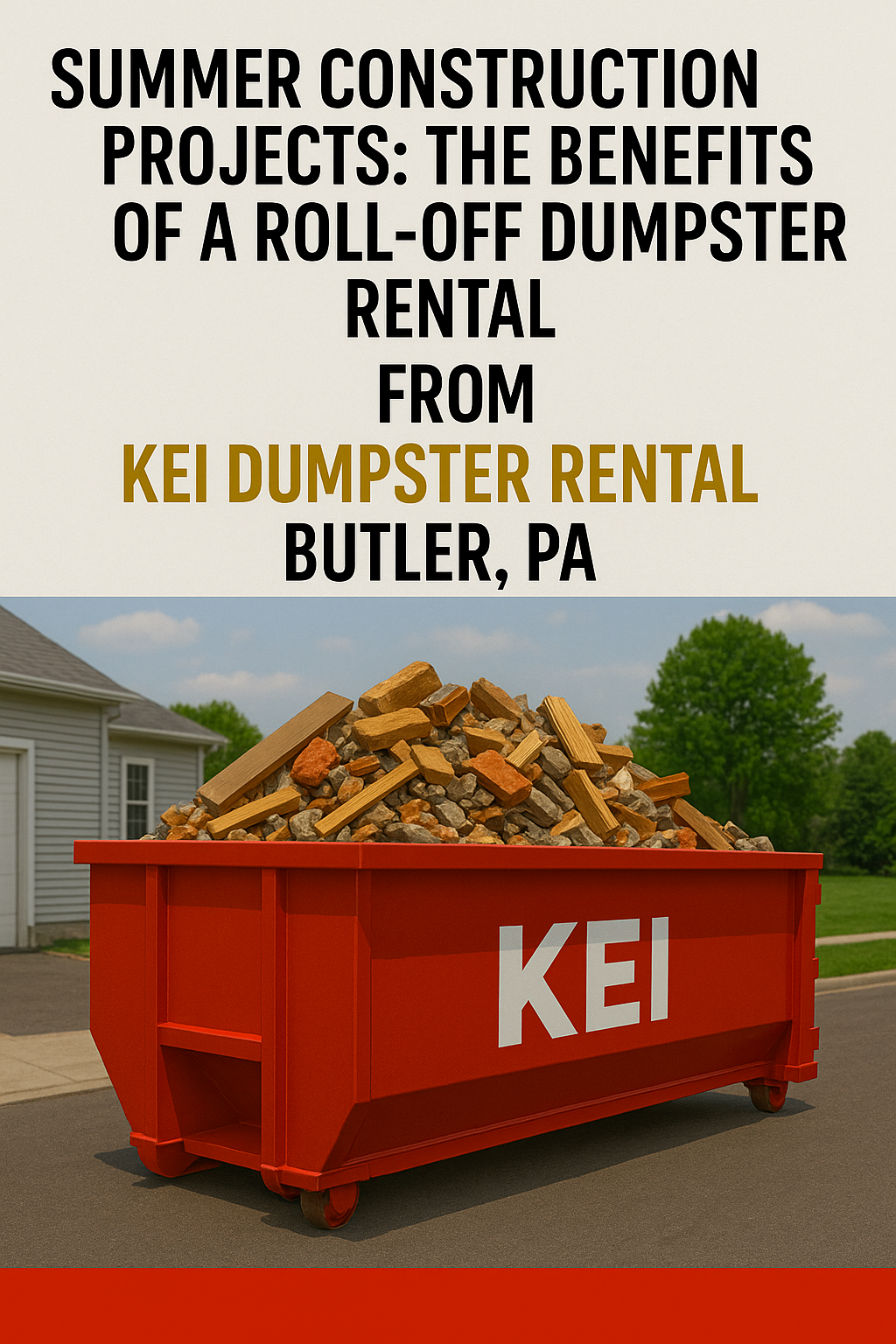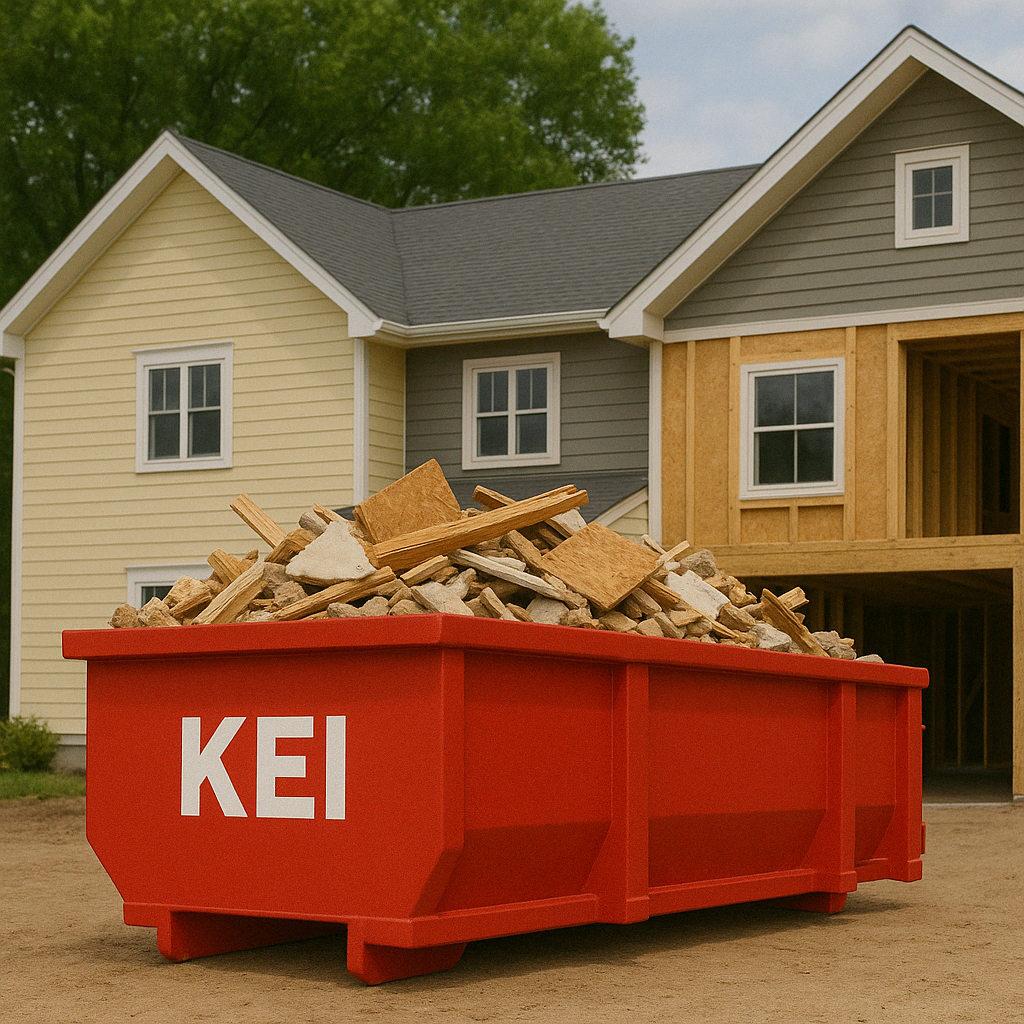Not all dumpster rental services are created equally. They vary in their terms of services, the quality of their customer service, their pricing, and the dumpster sizes they have available.
Choosing the wrong size dumpster can end up costing you more money in the long run. If you have more debris and other junk to remove from your site than can reasonably fit in the dumpster, you’ll end up paying additional fees for removal and return services. Worse yet, you may end up hauling the overage yourself to the local dump.
Dumpster rental services with exceptional customer service help you choose which size dumpster best suits your needs. Before you talk with a customer service representative, review some of the most common questions about dumpster rentals:
- What are the most common dumpster sizes?
- How do you choose the right dumpster size for your project?
- What is the cost of renting a dumpster?
- What items can you put in a rental dumpster?
- How do you prepare for a dumpster delivery?
What are the most common dumpster sizes?
Most dumpster rental services offer more than one size of roll-off dumpster for commercial and residential purposes. Ideally, you want to select the size that best suits the type and quantity of debris you expect from your project.
The smallest size roll-off dumpster you can rent is 10 yards. The largest is 40 yards. Not all companies carry the largest sizes. Check with the dumpster rental services company you plan to use to make sure they carry your desired size.
Choosing the right size roll-off dumpster
KEI offers customers 4 sizes of roll-off dumpsters. Here’s how much debris you can fit in each of them to help you make the right choice.
- 10-yard containers are 12 feet long, 4 feet high, 8 feet wide, and can hold approximately 2 tons of material.
- 15-yard containers are 14 feet long, 4 feet high, 8 feet wide, and can hold approximately 2.5 tons of material.
- 20-yard containers are 16 feet long, 4 feet high, 8 feet wide, and can hold approximately 3 tons of material.
- 25-yard containers are 16 feet long, 6.16 feet high, 8 feet wide, and can hold approximately 3.5 tons of material.

How do you choose the right dumpster size for your project?
Choosing the right dumpster size for your project doesn’t have to be difficult. Considering specific factors when deciding what size roll-off dumpster to order ensures cost-effective results.
Review the sizes available and then compare them to the following factors.
- Budget. The bigger the dumpster, the more it costs. It’s important not to get more dumpster than you need for this reason if your budget is tight.
- Project duration. Longer projects tend to generate more waste. You have options in this scenario. Rent the largest dumpster you can fit on-site. You also can arrange for the dumpster rental services provider to pick up the dumpster once it’s full and return an empty one in its place.
- Space constraints. Larger dumpsters might not be feasible if you’re working with limited space. Blocking public access to streets and sidewalks isn’t permissible in most communities, so you’ll want to choose a dumpster size that fits your property.
- Type and amount of waste. Bulky items like furniture and construction debris take up a lot of space in a dumpster. You may need the largest size available or rent more than one dumpster to accommodate your needs.
- Weight restrictions. Dumpster rental services have weight limits on their dumpsters. If you overfill it, it costs them more to transport it safely. Avoid overage fees by selecting the right size dumpster.
What is the cost of renting a dumpster?
The cost of renting a dumpster depends on the size you request and the length of your project. Another factor is the type and amount of debris and other junk you plan to put in the dumpster. As a rule, the larger the dumpster the higher the price.
Most dumpster rental services provide an estimate before delivering a roll-off dumpster to your requested location. Here are some tips to help you right-size your dumpster rental to ensure the lowest costs:
Book in advance. Some dumpster rental services offer discounts for bookings made weeks or months in advance.
Spring and summer are the most popular times for renting a dumpster. Choose an off-peak time for your project to enjoy price incentives from dumpster rental services.
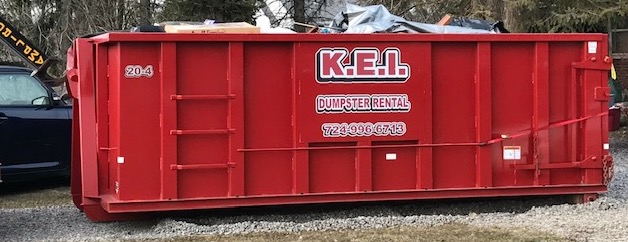
What items can you put in a rental dumpster?
You can put construction debris, large household items, and even yard waste in a rental dumpster. It’s important not to overload your dumpster or put prohibited items in it.
Some examples of items you can’t toss into your dumpster include:
- Batteries.
- E-waste items (computers, monitors, printers).
- Freon-containing appliances.
- Gasoline, oil, and other hazardous liquids.
- Hazardous waste.
- Items with corrosive or explosive components.
- Paints.
- Televisions.
- Tires.
Every dumpster comes with a maximum weight restriction. Make sure you don’t exceed it, or you can end up paying more at pickup time.
If you’re not sure whether an item is suitable for your dumpster, reach out to your dumpster rental services provider to ask.
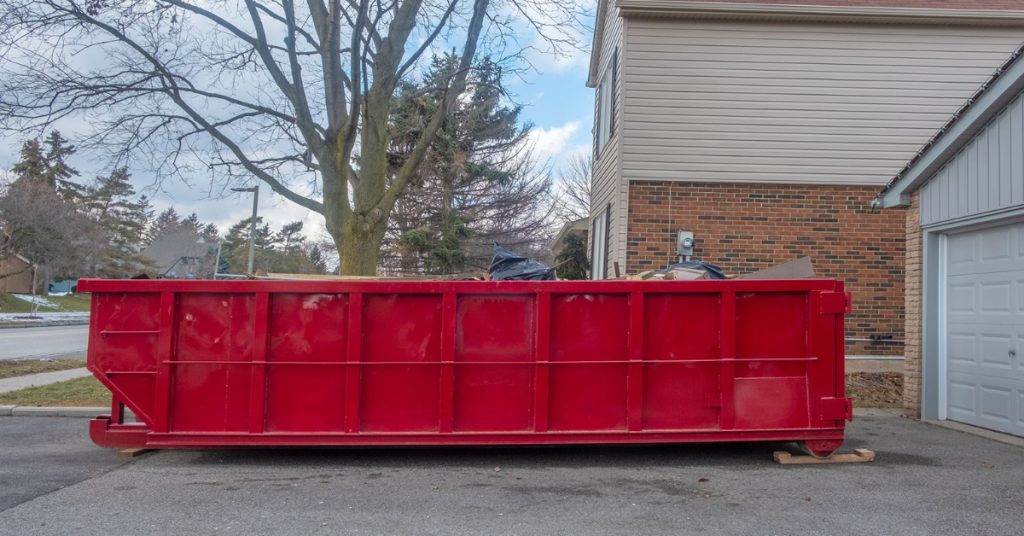
How do you prepare for a dumpster delivery?
Before your dumpster arrives, you must follow a few steps to prepare for delivery.
Choosing a suitable location is the most important part of the process. The spot must be level and provide enough space for the delivery truck to drop it off and pick it up. Make sure it’s not obstructing any public access to sidewalks or streets.
Other key steps include:
- Clear away obstacles – debris, parked cars, tree branches – that can prevent the delivery truck from accessing the site.
- Get necessary permits from your local municipality or government agency that oversees waste removal. Depending on your location and the type of waste you’ll be tossing out, you may need a permit. Secure them well in advance of dumpster delivery.
- Prepare the site by placing plywood or other protective materials on driveways and other hard surfaces. Consider marking off the area where you want the dumpster to help the delivery driver locate it more easily, especially if you won’t be on-site during the scheduled delivery time.
Don’t hesitate to reach out to the dumpster delivery services provider with any questions. It’s in everyone’s best interest to have the details worked out before your dumpster arrives.
Dumpster rental services to meet your needs
It doesn’t matter why you need a dumpster. All that matters is choosing the right size to accommodate your needs and working with a dumpster rental services provider that offers exceptional customer service.
